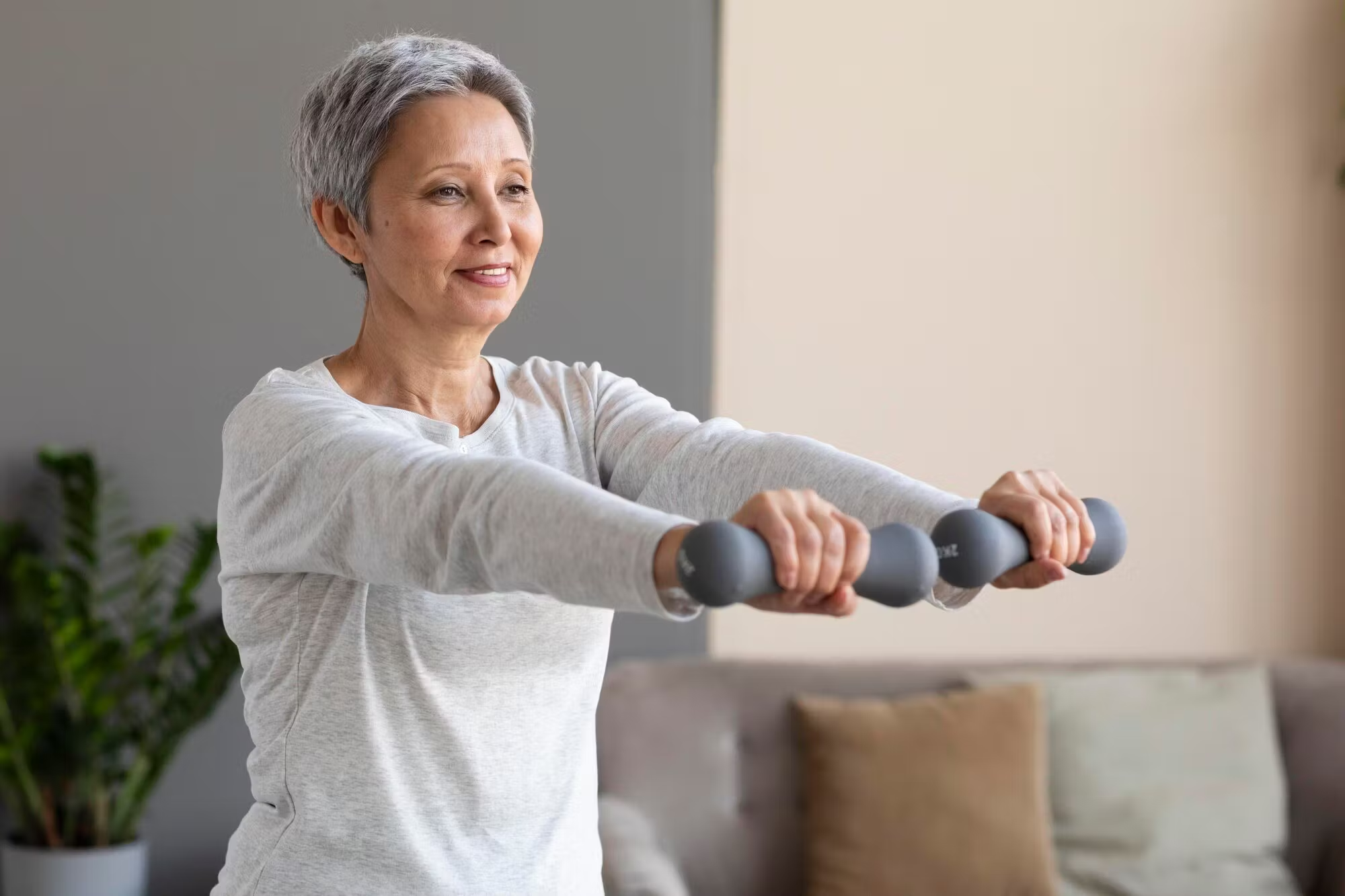Exercise for High Blood Pressure: Safe and Effective Activities
Regular physical activity is a cornerstone of blood pressure management. The right exercise routine can help lower blood pressure, strengthen your heart, and improve overall cardiovascular health. Studies show that regular exercise can lower systolic blood pressure by 5 to 8 mmHg.
Before starting any exercise program, it's important to understand that consistency and gradual progression are key factors for success. Regular moderate exercise is more beneficial than occasional intense workouts.

Types of Recommended Exercises
A well-rounded exercise program should include various types of physical activity. The American Heart Association recommends at least 150 minutes of moderate exercise or 75 minutes of vigorous exercise per week.
1. Aerobic Exercise
Cardiovascular activities that get your heart pumping are essential for blood pressure management. Regular aerobic exercise can strengthen your heart, helping it pump blood more efficiently:
- Frequency: 150 minutes per week of moderate activity
- Activities: Walking, swimming, cycling, dancing
- Intensity: Should be able to talk but not sing
- Duration: Start with 10-15 minutes and gradually increase to 30-60 minutes
2. Strength Training
Muscle-strengthening activities to support heart health:
- Frequency: 2-3 times per week
- Activities: Light weights, resistance bands, bodyweight exercises
- Focus: All major muscle groups
3. Flexibility Exercises
Stretching to improve circulation and reduce stress is an important component of your exercise routine. Regular flexibility training can help reduce muscle tension and promote better blood flow:
- Frequency: Daily or after other exercises
- Activities: Gentle stretching, yoga, tai chi
- Benefits: Reduces tension, improves mobility
- Duration: 10-15 minutes per session
Exercise Safety Guidelines
Safety should always be your top priority when exercising. Proper form and technique are essential to prevent injury and maximize benefits.
- Start slowly and gradually increase intensity
- Monitor your blood pressure before and after exercise
- Stay hydrated during activities
- Warm up and cool down properly
- Stop if you feel dizzy or unwell
- Track your heart rate during exercise
- Exercise in a temperature-controlled environment when possible
Special Precautions
Exercise can be safe for most people with high blood pressure, but certain situations require extra caution. Understanding your limits and risks is crucial for safe exercise.
Consult your healthcare provider before starting an exercise program if you:
- Have very high blood pressure (180/110 or higher)
- Take blood pressure medications
- Have heart problems or other health conditions
- Have been inactive for a long time
- Experience chest pain or shortness of breath
- Have a family history of heart disease
Frequently Asked Questions
How soon after starting exercise will I see results?
Regular exercise can begin to lower blood pressure within a few weeks, though individual results may vary. Most people see significant improvements within 2-3 months of consistent exercise. Consistency is key for long-term benefits.
What's the best time of day to exercise?
The best time to exercise is when you can consistently maintain your routine. However, some studies suggest that morning exercise may be particularly beneficial for blood pressure control. The most important factor is choosing a time that you can stick to regularly.
Can I exercise if I'm taking blood pressure medication?
Most blood pressure medications are compatible with exercise, but it's important to understand how your medication might affect your exercise response. Some medications may impact your heart rate or affect how your body handles temperature regulation during exercise. Always consult with your healthcare provider about exercise while on medication.